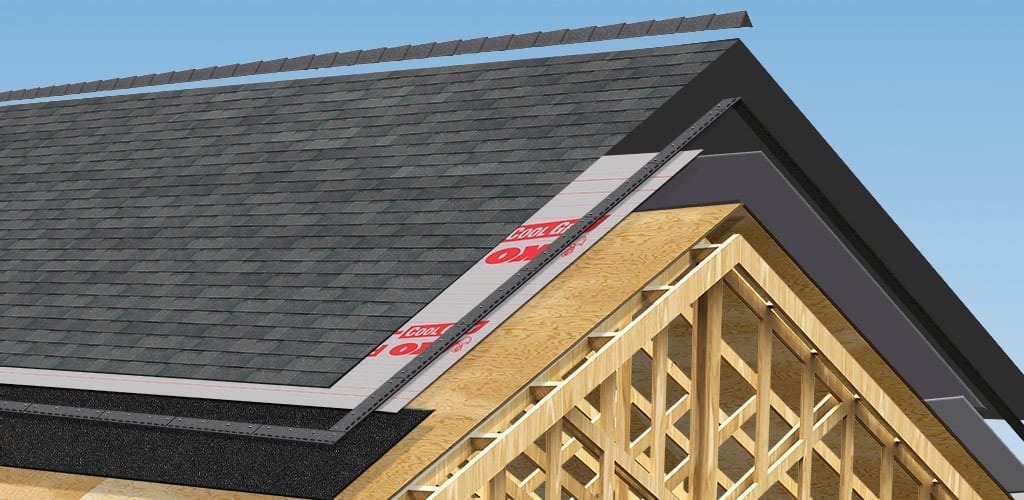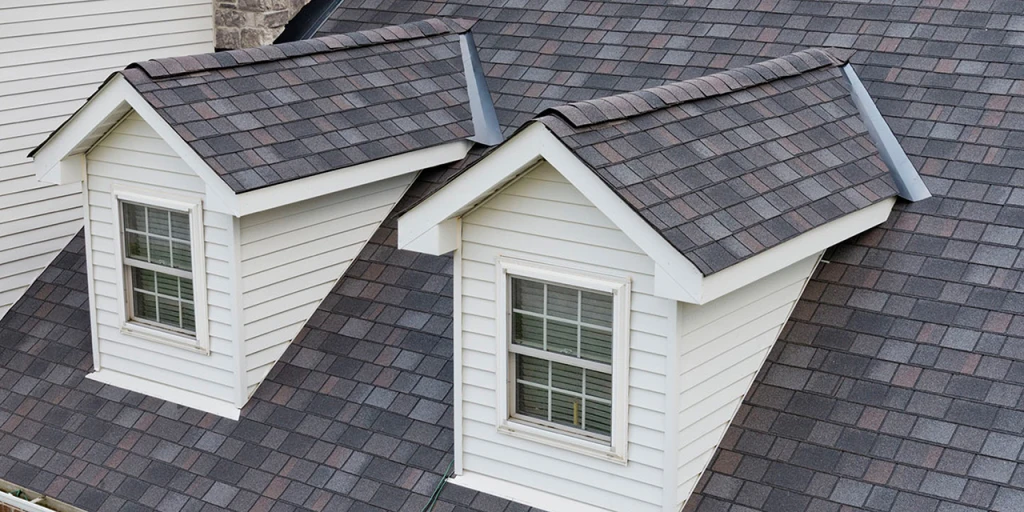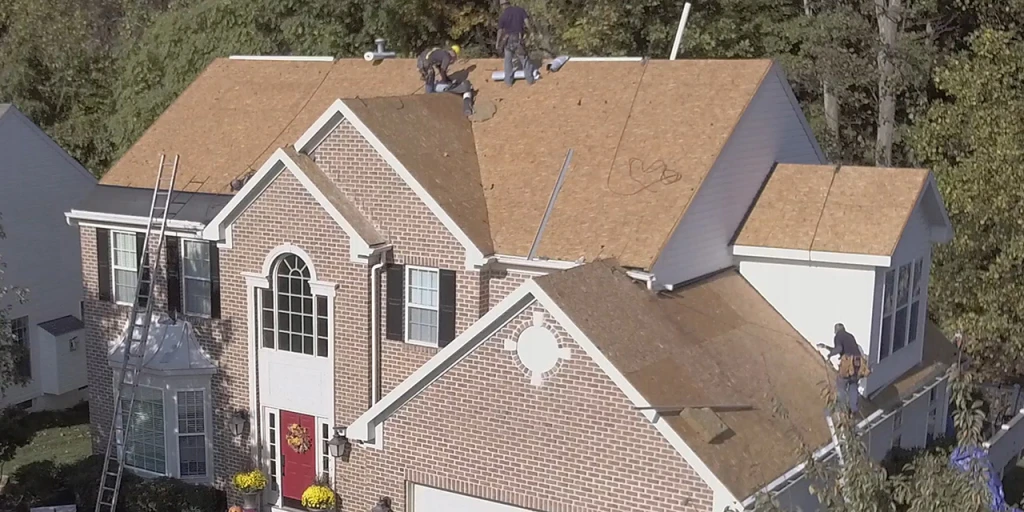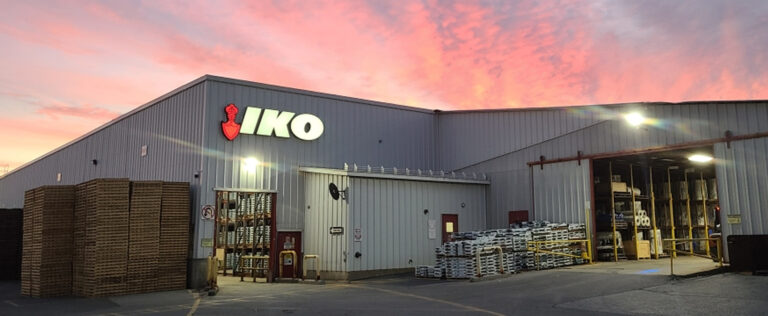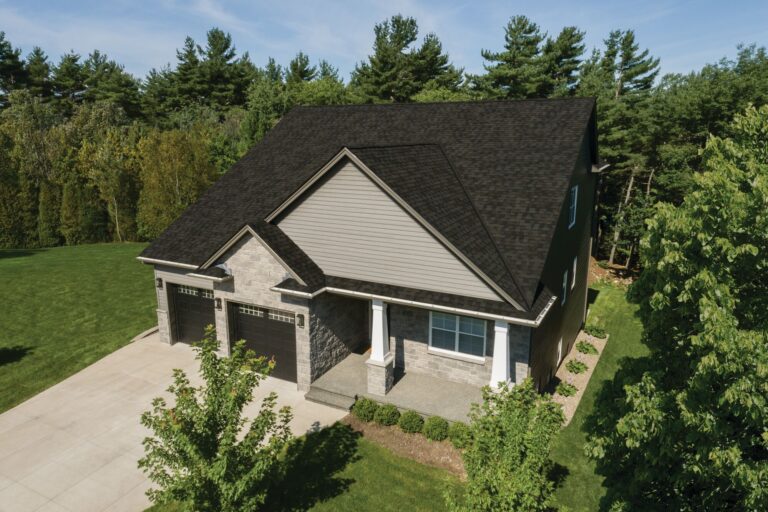What Makes Up a Roof – Your Roof Components
Table of Contents
- The Architectural Parts of a Pitched Roof
- The Anatomy of a Residential Pitched Roof
- Shingles
- Flashing
- Underlayment
- Ice and Water Protector
- Roof Frame
- Parts of the Roof’s Edge
- Want to Learn More About the Parts of Your Roof?
Your home’s roof is made up of more than asphalt shingles. There’s a series of roof components that protect your home from the rain, wind and snow. It is critical to understand all of the parts of a house roof in order to explain a problem to a roofing professional and understand what he or she is talking about when he or she is doing repairs.
Here’s an outline of every term we’ll cover in this article:
The Architectural Parts of a Pitched Roof
Roofs come in all sorts of shapes and sizes, but you only need to know a handful of terms to describe their essential architectural features.
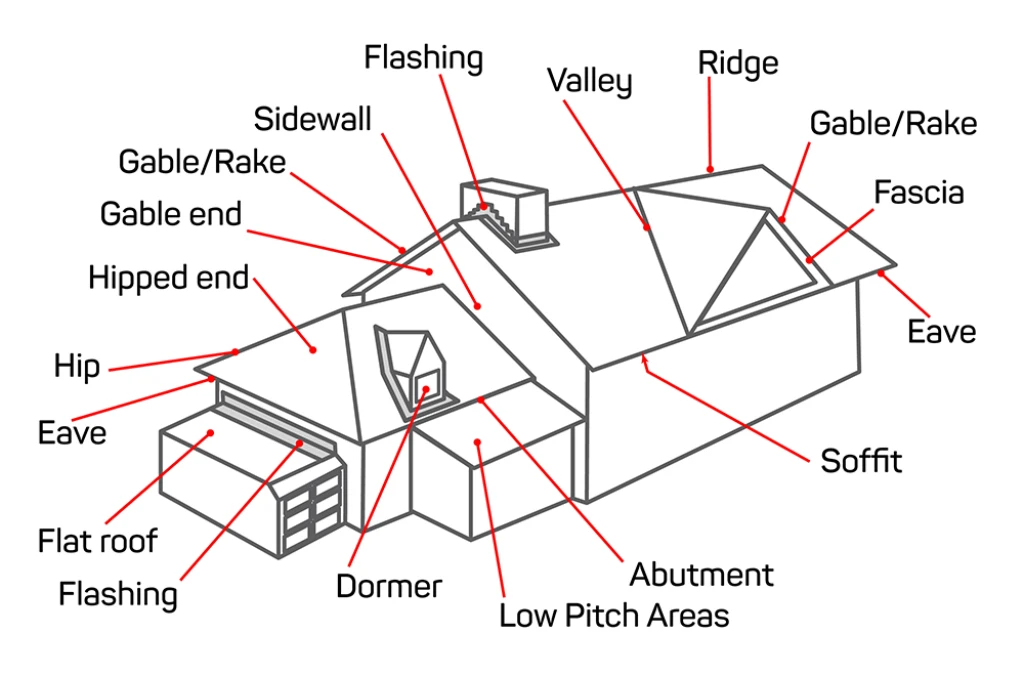
These are the parts of a house’s roof:
-
- Roof plane: This is the surface of the roof. It is flat, but pitched or on an angle. It is also called the field of the roof.
- Roof Ridge: This is the top or peak of the roof, where two roof planes meet.
- Valley: The valley of a roof is where two pitched roof faces connect and project inward. They are always at a lower slope than the adjoining roof planes.
- Dormer: This is a roof feature, typically a window that adds extra space, airflow, and/or light to the room inside and projects from the roof face.
- Abutment: This is a spot where the roof face meets the wall of the home, instead of a roof ridge. Roof abutments are common on small home additions, such as door canopies, bay windows, attached sheds or garages.
- Hip: This is where two roof faces connect and project outward. A roof with hips will need a specific shingle, called hip and ridge shingles, to cover the hips.
- Gable: This is the triangular wall underneath where two roof planes meet. It’s important to note that not all roofs have gables.
- Hipped end: The hipped end of the roof is the sloped roof face between two roof hips. A pyramid roof has four hipped ends. A hipped roof has only two hipped ends.
- Gable end: The gable end of the roof is the edge of a roof above the gable.
- Eave: This is where the roof hangs over the edge of the exterior wall.
The Anatomy of a Residential Pitched Roof
The anatomy of a roof, or the layers of a roof, give it structure and protect the home.
1. Shingles
- Traditional or 3-tab shingles.
- Laminate or architectural shingles.
- Premium shingles.
- Starter shingles.
- Hip and ridge cap shingles.
- Solar reflective and thermal emissive shingles.
- Mock slate shingles.
2. Flashing
- Chimney flashing.
- Skylight flashing.
- Plumbing vent flashing.
- Roof vent flashing.
- Valley flashing.
- Dormer flashing.
3. Underlayment
- Synthetic underlayments.
5. Roof Frame
- Decking.
- Drip edge.
- Fascia.
- Gutters and downspouts.
- Soffit.
Let’s begin describing the anatomy from the top of the roof.
1. Shingles
The roof begins with the most recognizable of roof components: the shingles. In the past, wooden and slate shingles were typical; but, for the last 100 years, asphalt shingles have become the most common residential roof covering in North America. Generally speaking, the 3 types of shingles used when roofing are traditional, architectural, and designer.
- Traditional or 3-tab shingles: Traditional or 3-tab shingles maintain a uniform look on the roof because the shingles all have the same size and shape. They are a budget-friendly option that will protect your roof.
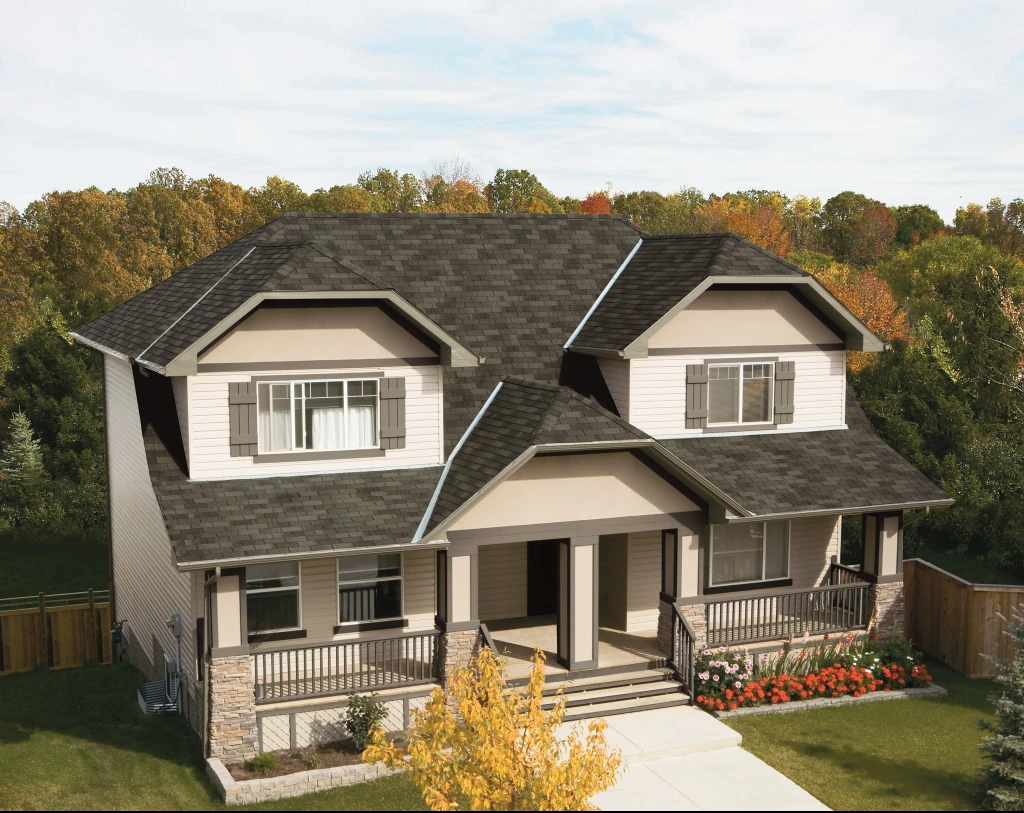
- Laminate or architectural shingles: Laminate or architectural shingles are distinguished by their dimensional appearance, with accent tabs of different sizes and sometimes deep shadow bands to add character. To learn more about what shingles are made of, read our article describing shingle composition.
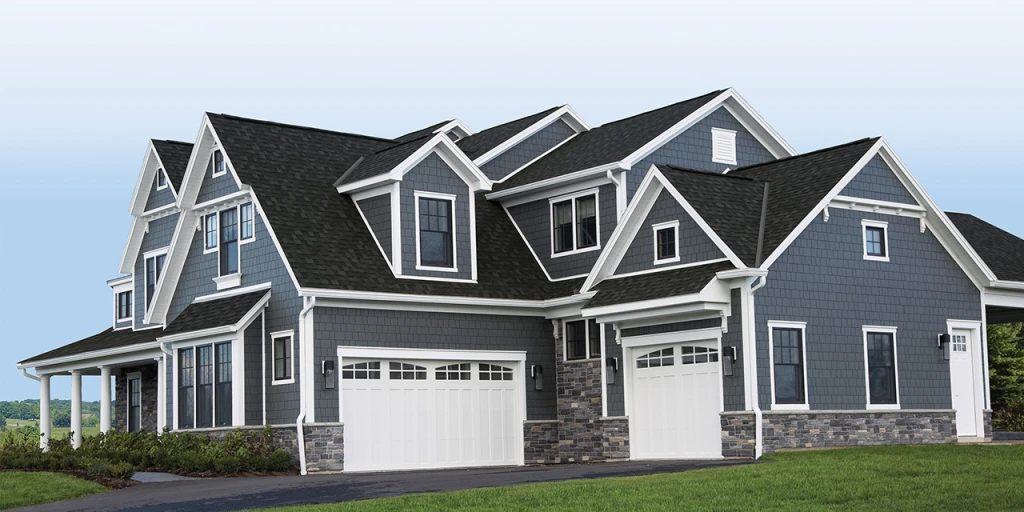
- Designer shingles: These shingles offer aesthetic enhancements beyond those provided by laminated shingles. There are a variety of looks and styles available. IKO’s Armourshake™, for example, mimics the look of a wood shake roof while providing Class A fire protection.
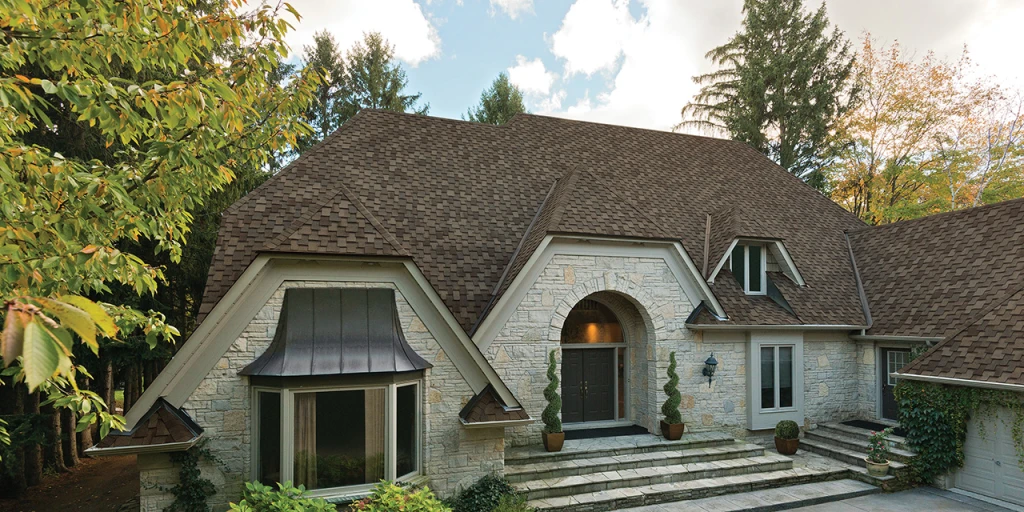
Shingles can also be designed to meet specific functional requirements of the roof or to create a unique look.
- Starter strip shingles: At the eave edge and rake of a roof, the first course applied is a starter strip, such as IKO’s Leading Edge Plus™; these are called starter shingles.
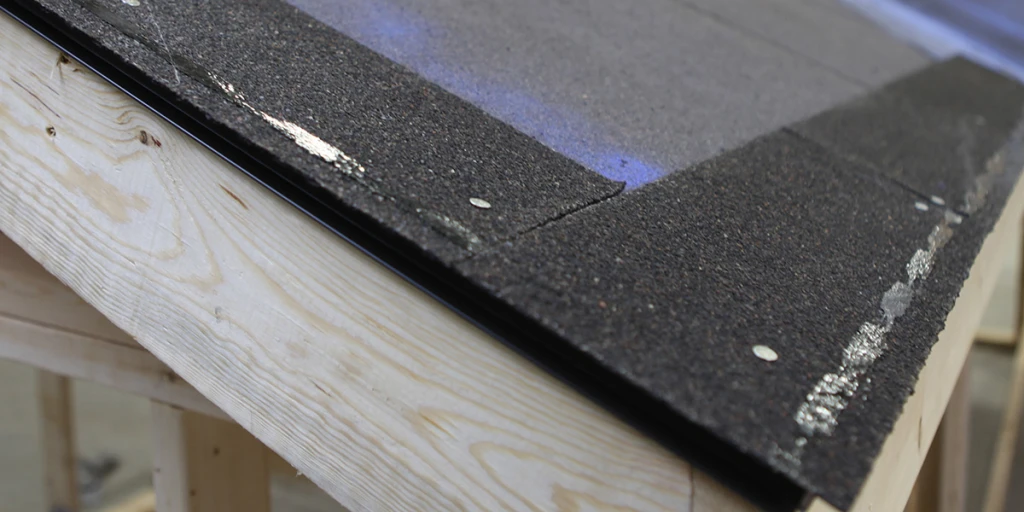
- Hip and ridge cap shingles: Roofing professionals install these shingles along a roof’s hips and ridges. Hip and ridge cap shingles are specially manufactured to conform to the shape of the roof’s hip or ridge. A premium version of hip and ridge shingle, such as IKO’s UltraHP®, has an enhanced profile that will complement the look of many roof designs.
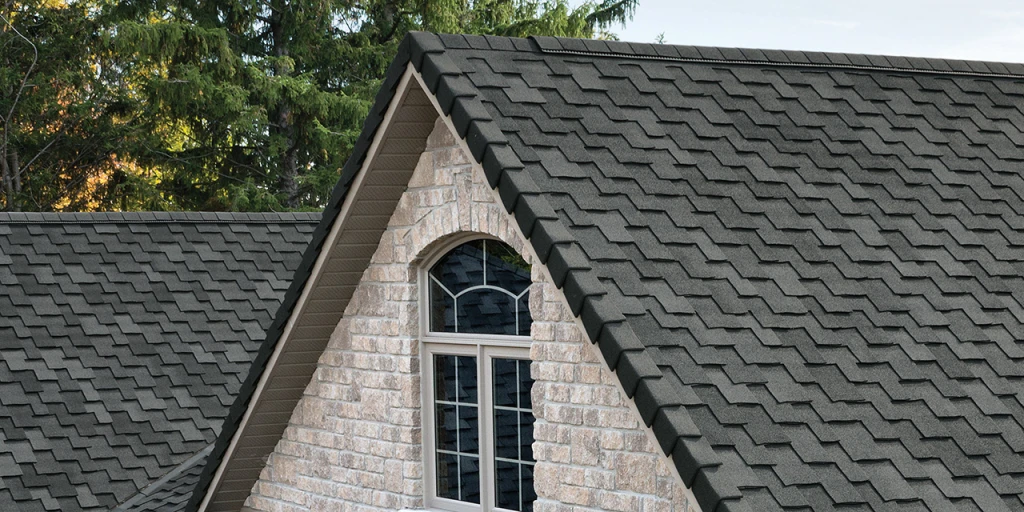
- Solar-reflective and thermal-emissive shingles: Manufacturers can produce shingles that reflect or emit heat, like IKO’s Dynasty Cool Colors Plus and Cambridge™ Cool Colors Plus collections. Installing these shingles can help keep your roof surface cooler, which may help keep your attic space cooler in hot, sunny weather.
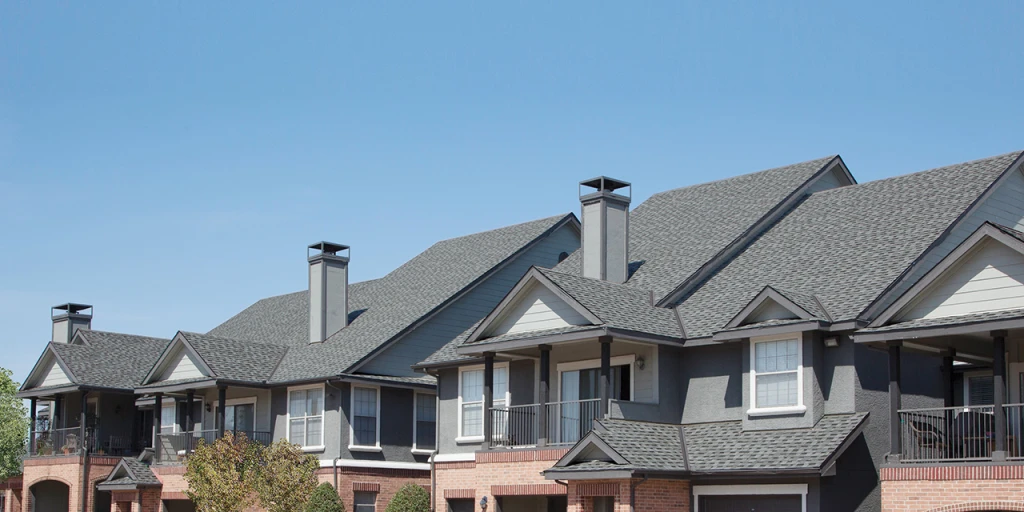
- Mock slate shingles: Manufacturers design some asphalt shingles to mimic the look of slate shingles, like IKO’s Crowne Slate™.
Asphalt shingles are offered in an array of colors to match or enhance your home’s style.
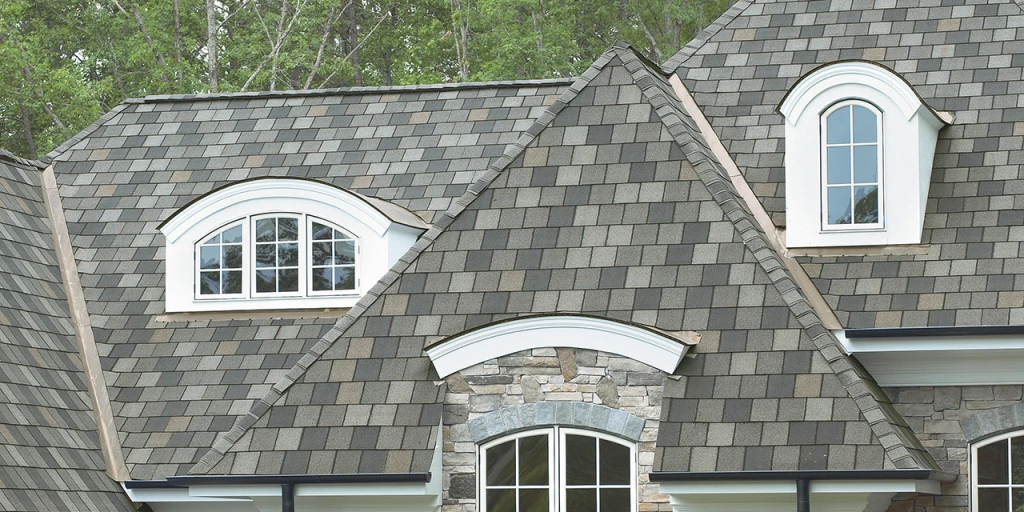
Learn more in our guide to the different shingle patterns.
2. Flashing
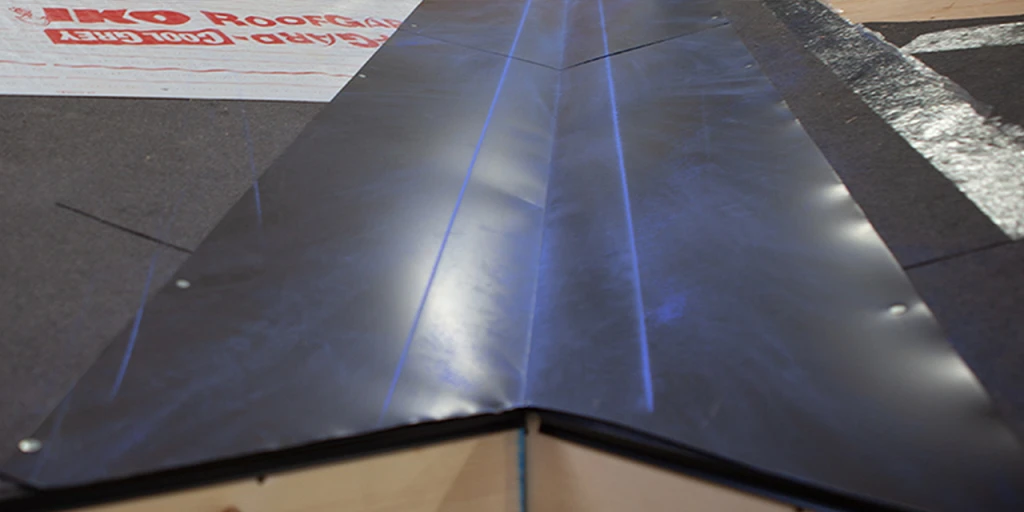
Flashing is a thin sheet, usually made of metal, that a roofing professional installs around any vertical surface that intersects with the roof plane, such as the surface of a chimney.
Of all roof components, flashing seems to be the least clear to the homeowner. To understand the need for flashing, think of a chimney. Chimneys don’t have shingles or underlayment, and they punch right through the roof decking into your home below. Chimneys have protection to keep water from rushing in through the top (a chimney cap); but what about the sides? What’s to stop water from running down the exterior of the chimney, wiggling right past the edge of the shingles, underlayment or decking and into your home? Flashing is the answer.
There are many roof flashing applications. You will see flashing installed around other residential roof features, including:
- Chimney: Flashing installed around a chimney is bent approximately 90 degrees so that one plane rests against the face of the chimney while the other extends out horizontally above the underlayment, but below the shingles.
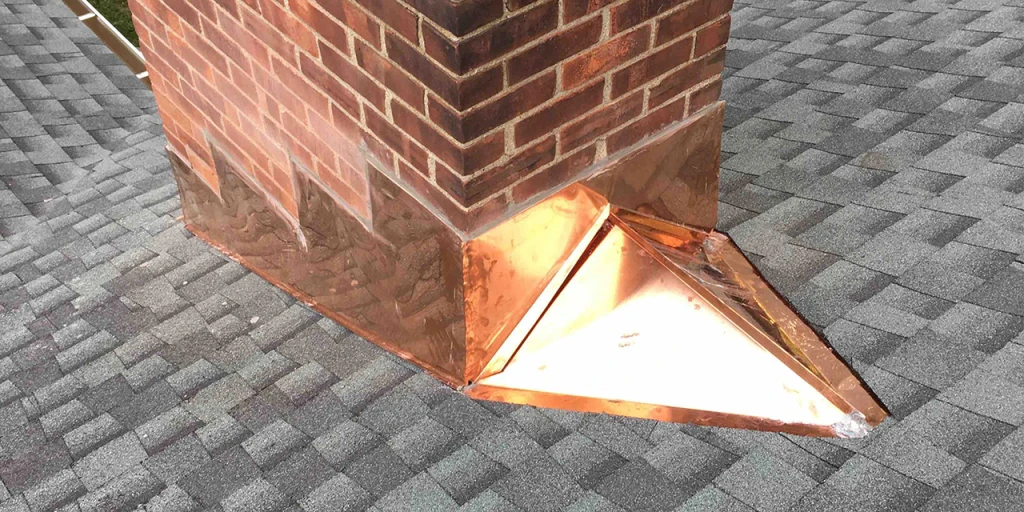
- Skylights: Some skylights manufacturers include built-in flashing with their product, especially for deck-mounted skylights or those that are installed right on the roof deck. If the skylight does not come with built-in flashing, the roofing professional will need to add flashing around it.
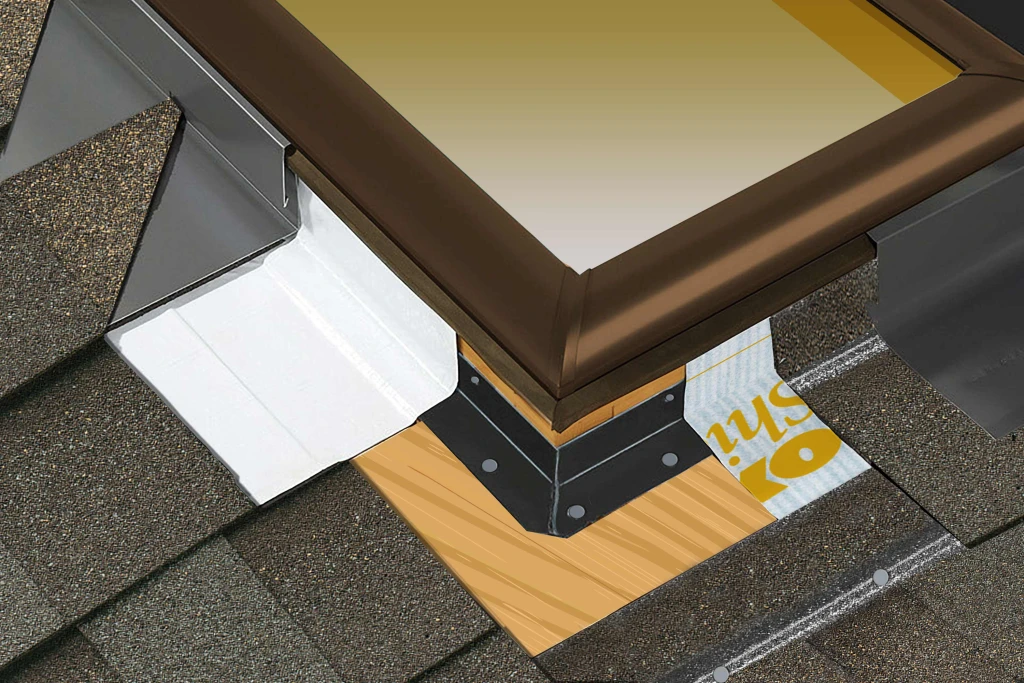
- Plumbing vents: The plumbing vent provides ventilation for your home’s plumbing. It has to have special flashing where it meets the roof.
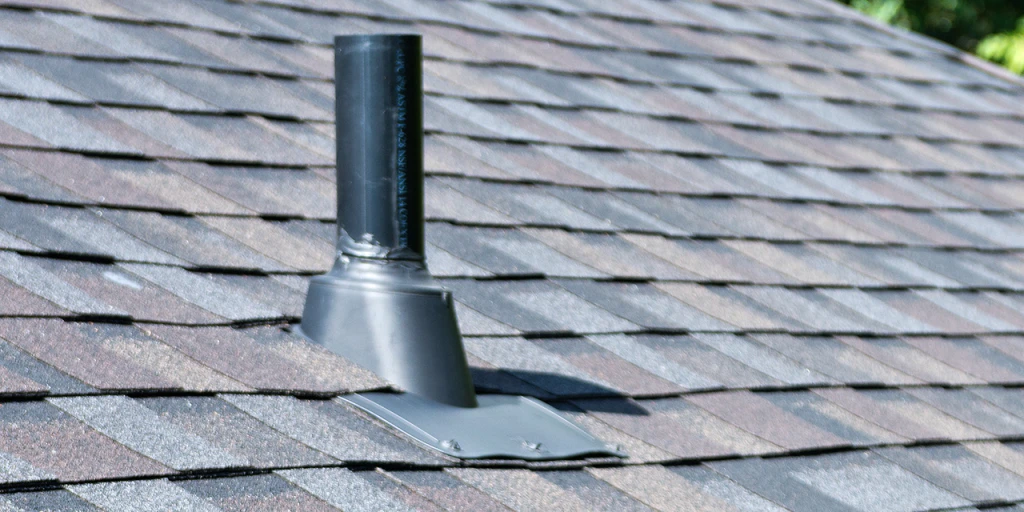
- Roof vents: A roof can have several other kinds of vents projecting through the roof face, all of which will need flashing. There are attic vents, gable end vents, ridge vents and soffit vents (which we will discuss below). Vents help keep the attic space properly ventilated. Soffit vents, combined with ridge vents, will allow for air to flow freely through the attic space.
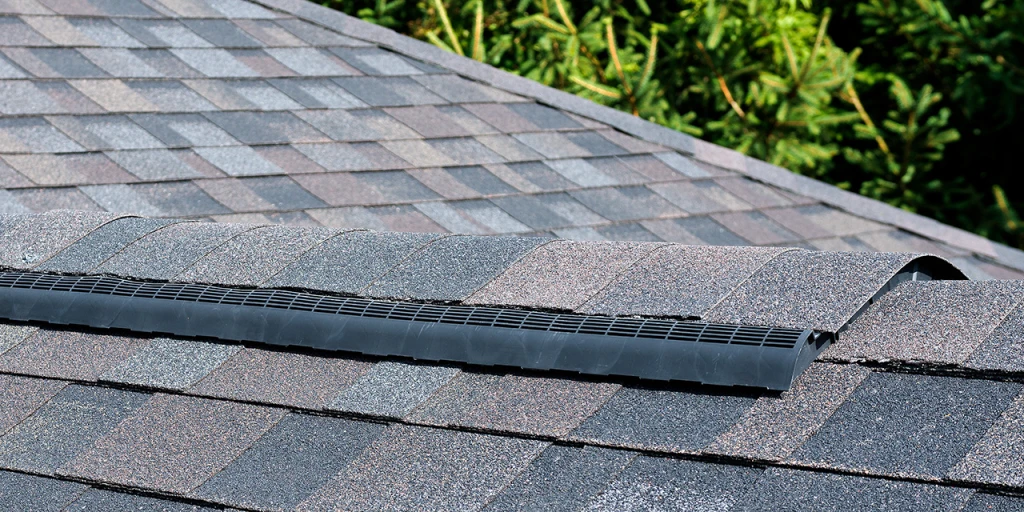
It’s often necessary to install flashing around a roof’s architectural features, the design elements that create the shape of the roof. Architectural features that need flashing include:
- Valleys: These are the indented spots where two roof planes meet. In the open valley style, valleys are flashed with a long, flat piece of metal with a “v”- or “w”-shaped center. You can cover a valley with shingles, in woven or closed-cut styles, but these are usually less effective than open valleys with metal flashing.
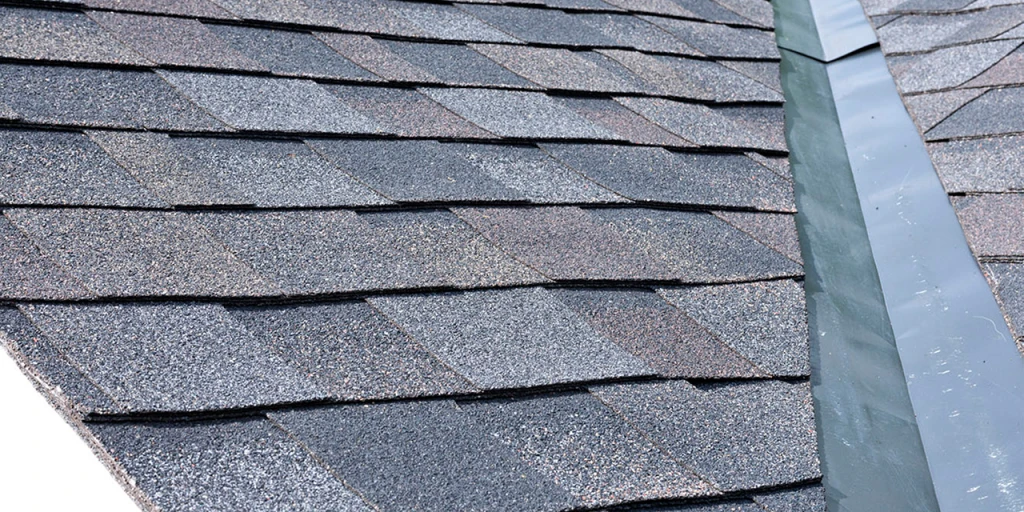
- Dormers: Where dormers connect with the main roof face, they create a valley, which needs flashing for protection. Also, roofers must add flashing to the side and front surfaces of the dormer.
3. Underlayment
Underlayment is a fabric-like barrier, traditionally made of asphalt-saturated felt, but now commonly available as a synthetic. It’s applied directly to the decking and serves a few different functions. Underlayment protects the shingles from any resin the decking may release and serves as a water barrier in case water gets beneath the shingles. It also offers some fire resistance.
Further, underlayment may help prevent “picture framing.” Picture framing is generally the result of the expansion/contraction of the wood panels used for the roof deck. As they move, the deck panels create ridges or bumps in the surface of the roof. These bumps look unappealing and may interfere with the water-shedding function of the roof.
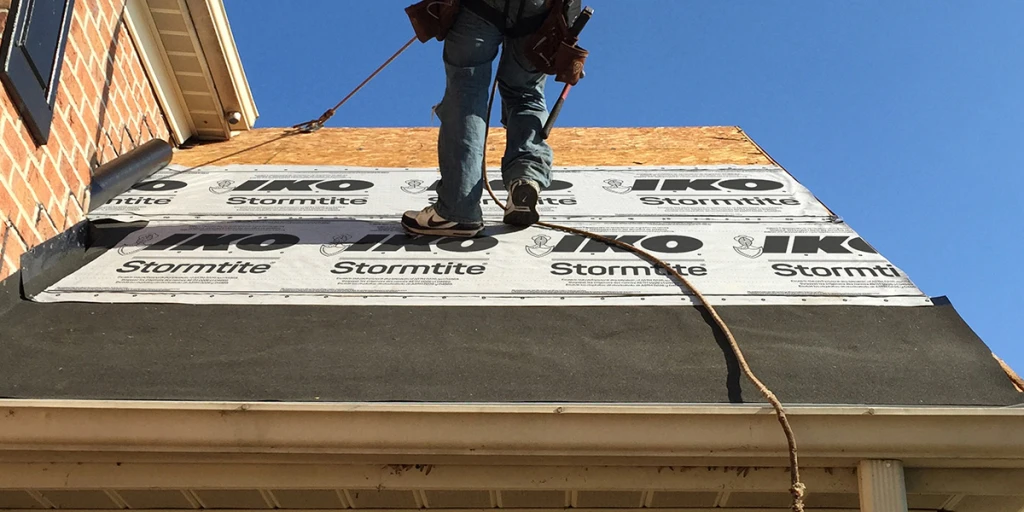
There are different kinds of underlayment, including synthetic underlayments. These underlayments have become more popular over the last several years because they are lightweight and have printed grid lines that make them easy to install. Additionally, synthetic underlayments may have features you can’t get in traditional asphalt-saturated felt. For example, IKO’s RoofGard-Cool Grey is a lightweight underlayment designed to absorb less heat, providing a more comfortable surface for the shingle applicator.
4. Ice and Water Protector
Ice and water protector is another thin layer of material that is installed beneath the shingles. This material helps defend a roof from ice dams and wind-driven rain, which can drive water up between shingles. IKO’s ice and water protectors are self-adhering and made of modified bitumen. This material closes around nails, providing a watertight seal. Some, like ArmourGard™, also act as vapor retardants, which means they allow very little water vapor to pass through them.
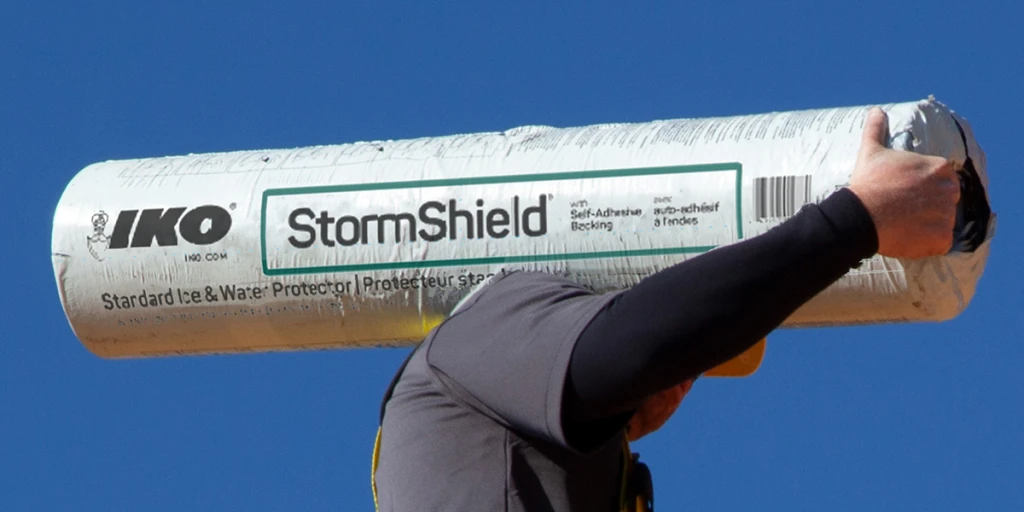
In some climates, it makes sense to use an ice and water protector over the entire roof deck, particularly in high-wind and hurricane-prone areas of the country. However, if the attic does not have proper ventilation, the ice and water protector could make them worse. Even in climates with less severe weather conditions, ice and water protectors can provide an added water barrier for vulnerable areas of the roof, like valleys or the roof’s edge, or around roof features like skylights.
5. Roof Frame
When they build a home, contractors will add a wooden frame for the roof on top of the house. This framing, also called a roof truss, serves as the roof’s skeleton, which the other parts of the roof will all rest on. There are various national and local construction codes that dictate the structure of your roof frame. In this article, we will focus on the parts of the roof above the roof frame.
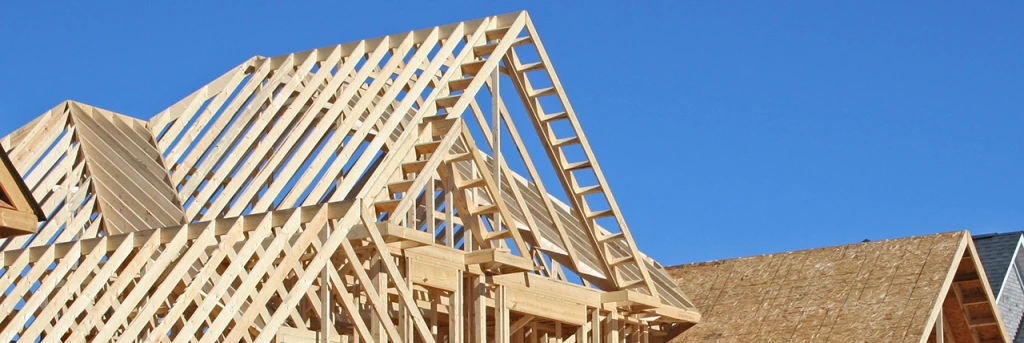
- Decking: This includes the decking. The entire roof frame is covered in a thin piece of wood called decking or roof sheathing. Roof sheathing material is usually plywood or oriented strand board (OSB) that is just under half an inch. Decking is supported by the roof frame and the layers of a roof, which we cover below, and all rest on top of the decking.
6. Parts of the Roof’s Edge
The basic layers of a roof that we’ve covered so far aren’t enough to protect your home. Water can’t just roll off your shingles and down the face of your house, or your bricks or siding would be damaged. Plus, the water would collect around the base of your home, which could cause foundation issues. So, at the roof’s edge, a series of roof drainage components are installed to protect your home from these potential problems.
First, you have to understand that there are two types of edges on a roof: eaves and rakes. An eave is a horizontal edge where the roof hangs over the exterior wall. A rake is a sloped edge where a roof hangs over the exterior wall. It is essential to handle the drainage from a roof at the eave properly and protect against wind-driven rain at the rake.
Here are the parts of a roof edge:
- Drip Edge: When water reaches the eave edge of a roof, it meets the drip edge, also called the eaves flashing. This is a thin metal strip that directs the water into the gutters. In most cases, the roofing professional should install the drip edge before the underlayment on the eaves and after the underlayment on rake edges. Without a drip edge, water may not drain properly and could flow down the wall surface and “wick” or absorb into the exposed edge of the wooden decking. This can rot out the edge of your roof, potentially leading to more problems.
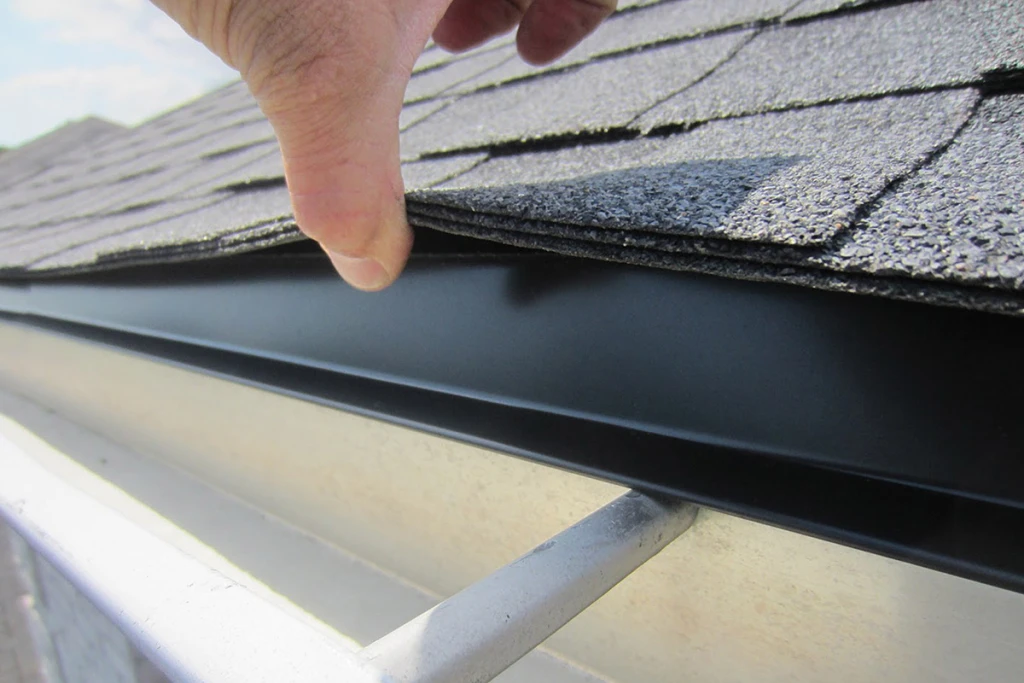
- Fascia: A fascia on a roof is the topmost vertical component of the exterior where it meets the roof edge. The roofing professional places the drip edge at the edge of the roof deck, and the rain gutter is attached to the fascia.
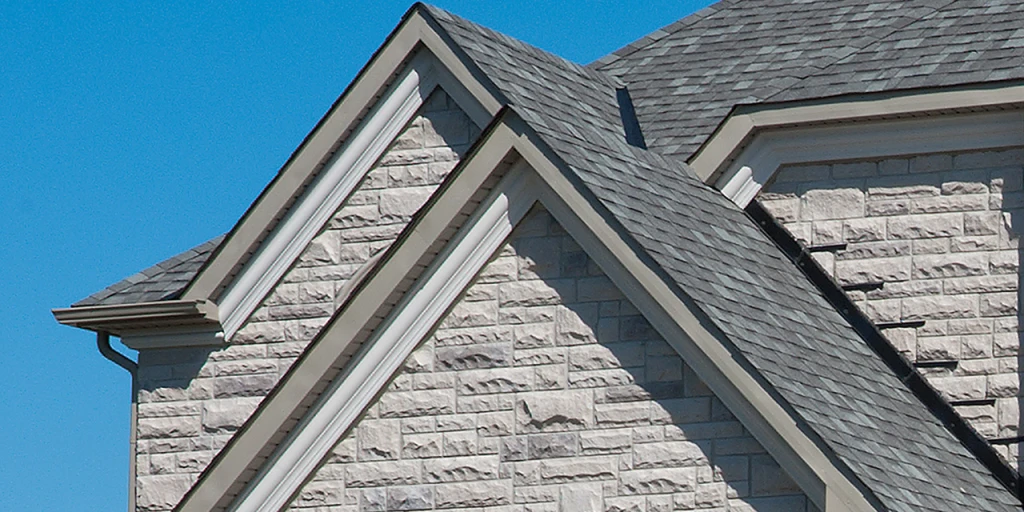
- Gutters and Downspouts: Gutters are the plastic or metal troughs that take the water away from the edge of the roof. They connect to downspouts, which bring the water down and direct it to drain away from the home’s foundation. Without the downspouts to direct the water away from your home, you could develop foundation issues or other damage.
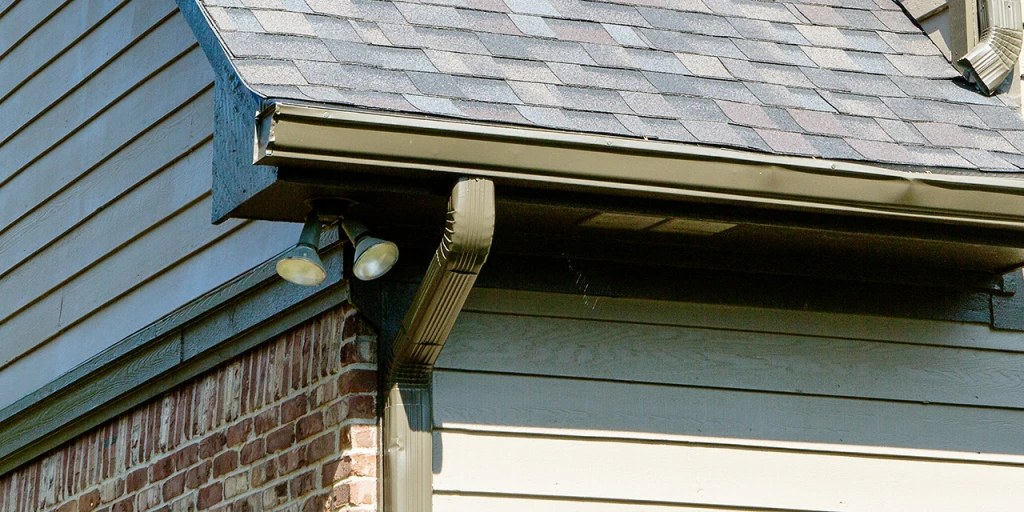
- Soffit: Many roof styles include a soffit. When the eave edge of a roof extends past the exterior wall, the soffit is the horizontal underside of this extension. Often, soffits are perforated or have built-in vent openings to provide ventilation for the attic space. Soffit vents, coupled with ridge vents at the top of the roof, can be a very effective way to achieve proper roof ventilation.
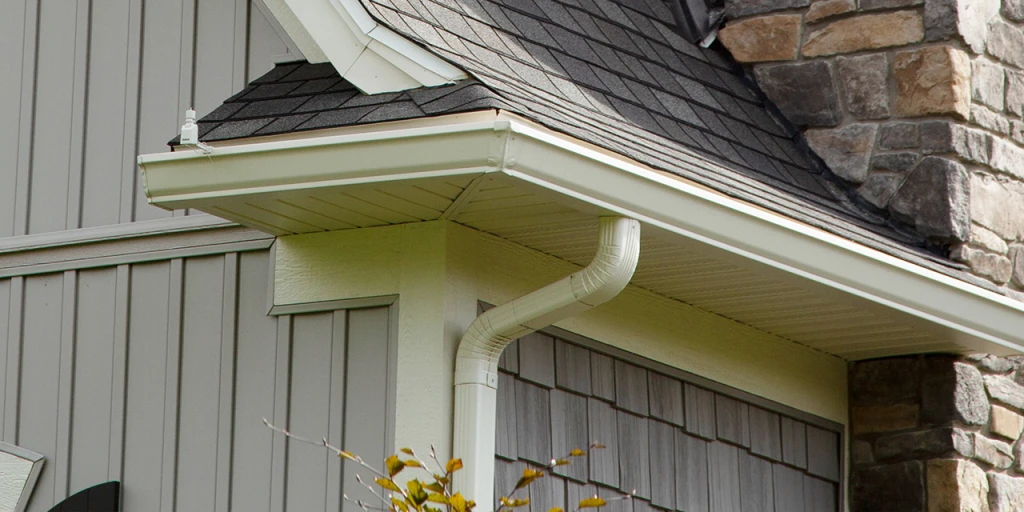
All of these roof components work together as a system to drain water away from your home and protect it from the elements.
Want to Learn More About the Parts of Your Roof?
Understanding and being able to name the parts of your roof are helpful when you get your roof repaired or try to describe a problem to your roofer. Plus, if you’re building a custom home, knowing the parts of a roof is invaluable. You can use the architectural parts of a roof to describe what shape you want your new roof to be.
There’s more to learn about the shape, structure and edge of residential pitched roofs; discover it by visiting IKO’s Roofing 101. Or, if you need help with one component of your house’s roof, contact a roofer in your area through our Contractor Locator.
